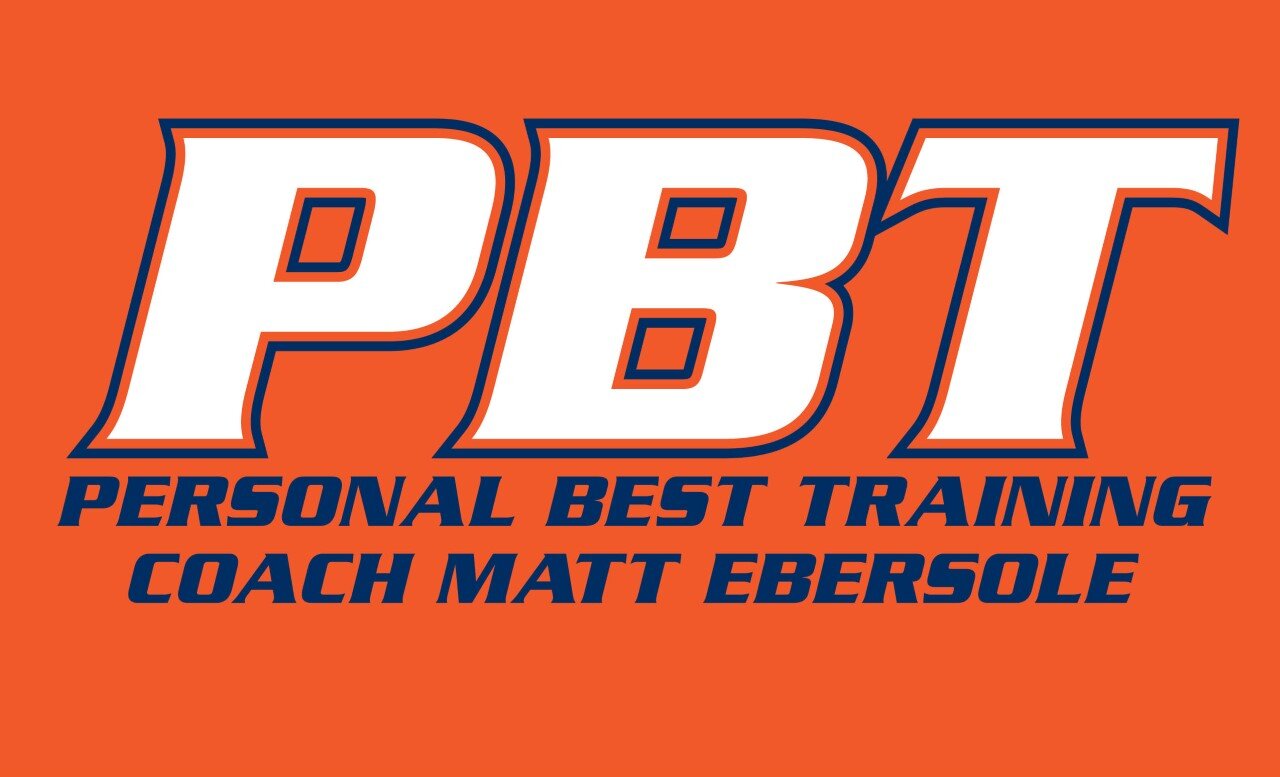You are spending valuable time and energy on your training so it is wise to evaluate if it is giving you the best possible return on investment. We can categorize any workout into one or a combination of four training types. 1) Endurance-The ability to keep going. 2) Stamina-The ability to maintain a pace. 3) Economy-The energy cost of running a given pace. 4) Speed-The ability to run faster than race pace. I will start with stating the obvious but hang in there with me for a few more sentences and we will get to the less obvious and more valuable. You can prioritize these in order from 1 to 4 for longer races and from 4 to1 for shorter races. OK, with that out of the way let’s figure out the type of training or more specifically the right blend of training that will give you the biggest return on the time and energy you spend running.
Begin by taking a look at the requirements for your chosen race distance. For the purposes of our discussion let’s say it is the half marathon. The best half marathoners will incorporate and possess all of these training types and benefits on race day. But let’s get back to you and how we determine your focus in training. You may be able to evaluate what you already know about yourself or get indications from workouts, but the surest way is to race a variety of distances. For a half marathon goal race I would like to see a 5K, 8 or 10K, and 15K or 10 mile race leading up to the half. Plotting these on an equivalent performance chart will show you where the greatest opportunity exists.
If you struggle to make it to the finish without having to slow down very significantly or having to walk then endurance (getting to the finish) needs to be your focus. This is obviously the primary task for beginners or veterans taking on a new longer distance. Simply run more and increase the distance of your long runs. Add another run or two or a few more miles to your week. Remember the increases must be gradual and progressive. For this type of training it is OK to run slower in order to run longer.
If you can get to the finish or can run way beyond 13.1 miles but find the last 3-5 miles are slower than the first 8-10 you have displayed either a poor race plan or a need for more stamina. As soon as finishing is no longer in doubt and time becomes more important to you stamina training becomes key. This is typically threshold training. Which threshold you ask? Pick one (aerobic, anaerobic, ventilatory, lactate, etc…) because they all tend to end up at about the same effort. They are all in the sweet spot of high end aerobic training. Longer intervals with relatively short rest or longer sustained steady state or tempo runs will do the trick.
You have found you can run forever and maintain a solid pace for a long time. The problem is that at half marathon goal pace you find it becomes very serious business quickly enough you know you cannot carry that effort for 13 miles. You now can either adjust your goal or keep working towards goal pace with an increased emphasis on economy training. This is real work and much of it is done in that uncomfortable spot above the aforementioned threshold varieties. This is typically done in intervals or shorter sustained runs at race pace or faster. A great way to do this training is to run shorter races. Something about a t-shirt and a cookie at the end makes this type of training more enjoyable.
You now have checked off the first three training types and everything is going great until someone in the pack throws in a surge and you are already in top gear and cannot cover the move. Or worse, everything is going great and the finish line is in sight and then the train comes roaring past and you lose a few spots within meters of the finish. You now have, yes, the need for speed. Running at speeds you cannot maintain more than 15 to 90 seconds will improve biomechanical efficiency, recruit fast twitch fibers, and in most cases help learn to buffer lactic acid. You may find that your genetic code will only allow so much improvement in this area and you need to spend a little time sharpening what you have but go back and increase your stamina and economy even more to minimize this weakness.
You will need to keep all four training types in the mix. It is just that mix that can be adjusted for better results. You can use the feedback from regular racing and evaluation of your training to compare your current endurance, stamina, economy, and speed with the demands of the most important race on the horizon to adjust your training for the greatest return on investment.

